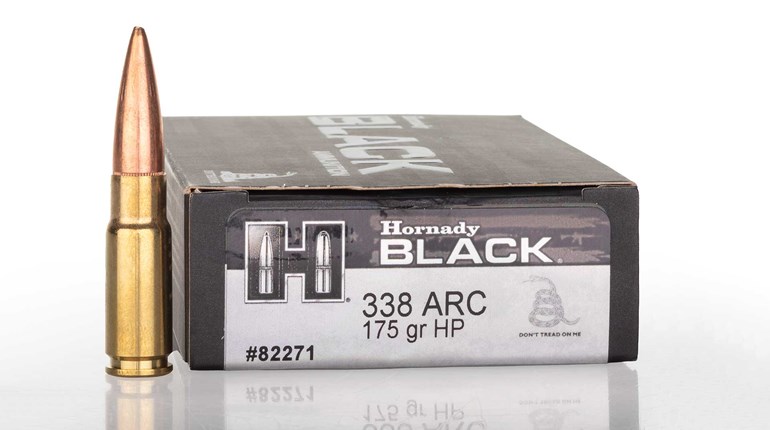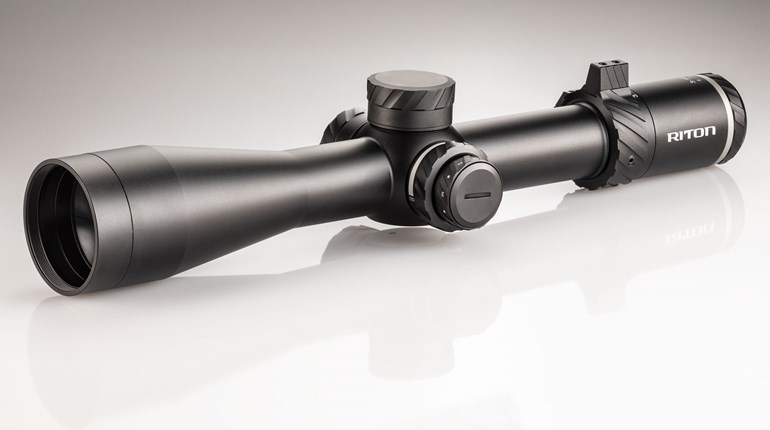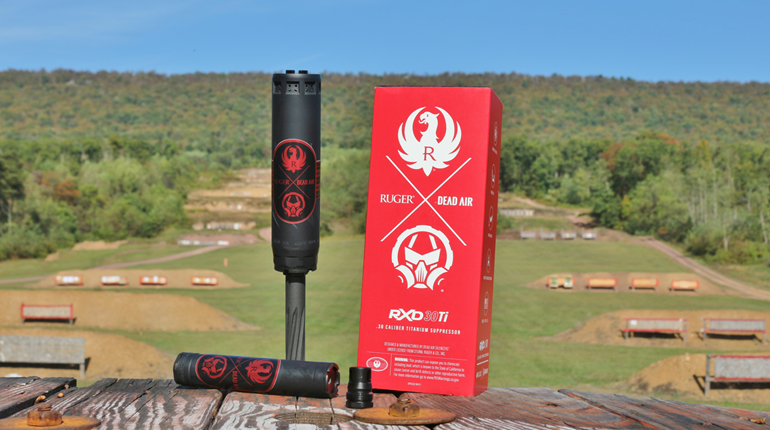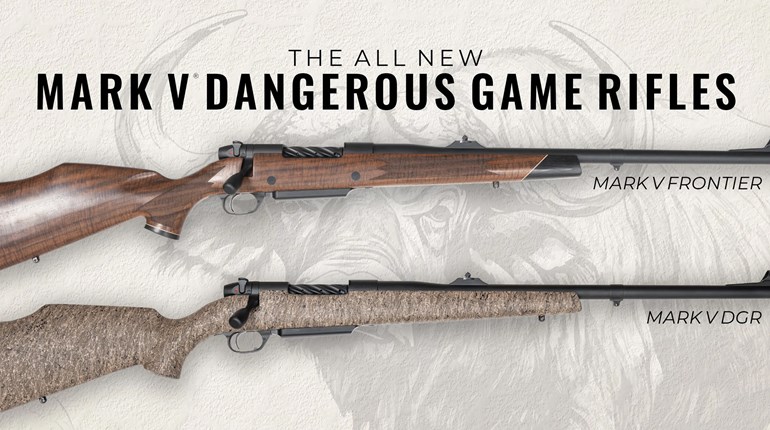
Fewer experiences in life are more frightening than looking down the muzzle of a firearm. Funny thing about muzzle control, it’s not instinctive. In fact it’s about as hard a discipline to learn as any of the fundamentals of marksmanship. Learning how to ALWAYS keep the firearm pointed in a safe direction takes a little bit of time, discipline and, of course, desire. The same holds true for keeping your finger off the trigger until you are ready to shoot and only loading the gun when you are ready to shoot. The NRA’s three-step model is very simple indeed, but nobody is born knowing this etiquette.
When I’m not creating content for any of the NRA publications I’m operating a company that I started about nine years ago called Renaissance Firearms Instruction. I founded this outfit by teaching students one at a time until I eventually needed to recruit more than a dozen instructors in order to keep up with our 2,000+ students a year. These days I spend the majority of my time either in front of the classroom or overseeing operations on the range, but I do still handle 99 percent of the one-on-one training.
In order to keep our fees down we utilize a number of public ranges and shooting clubs. We introduce the newcomer to the process of arriving, shooting at, and leaving a public range so they have a means of putting what we just taught them into action. Unfortunately, they occasionally get an education on how to spot unsafe behavior as well and address it before it becomes a safety concern. Here are three warning signs that now put me on alert for potential safety violations:
If you listen carefully, you can hear the ocean! (On a serious note, this is a staged photo with a remote-controlled camera.)
Improper Use of Gear
Shooters who don’t know how to use their gear are displaying a disregard for reading instructions or taking advice from those with more experience. Although most infractions by this group are minor, there was an instance that sadly illustrates my point very vividly. It was about a month before deer season and I was working with a client on a quiet day at the range. As we awaited our first ceasefire we watched a car full of interesting characters pull up and slap a pair of low-power binoculars on their bench while they deployed the bipod of their lever-action rifle. Said bipod was very short, and attached to the sling stud. Putting a bipod on a lever gun is strange-looking for sure, but cycling it without the lever hitting the ground or bench is impossible… of course anybody who has ever fired one knows that. Next, budget binoculars make a horrible spotting tool for targets beyond 25 yards, as they lack the magnification and stability to clearly determine a hit on paper. None of those things are safety violations in and of themselves, but it was a warning sign. Turning my attention back to my client we began with a safety briefing only to be interrupted by the ceasefire that we were patiently waiting for to hang a target. Well, as the Range Officer gave the command to “rack rifles” (put in the upright storage rack, unloaded), this individual just remained seated in their chair, reclined, with their hands behind their head. After I explained what needed to be done he placed the LOADED rifle in the rack. Again I explained that the gun needed to be unloaded at this time and he proceeded to cycle the action…….with the muzzle pointed at my chest. As the entire firing line erupted with every four-letter expletive imaginable, he still had no idea what he was doing wrong.
Language Barriers
Most countries don’t share our Second Amendment freedoms, and therefore their citizens do not have much access to firearms in order to develop safe handling skills. My lesson on this unfortunate truth came at a paintball field as a British player had a negligent discharge during the safety briefing…to which he smiled and said “Brits don’t really get a chance to get much gun handling in.”
Then there are communication difficulties. If there is a language barrier, then they may not have understood the safety briefing and got by with just saying “Okay” when checking into a public range. Our instructors are trained to engage students in conversation and ask questions that require a specific answer other than “Yes,” “No” or “Okay.” It's amazing how easy it is to get into a firearms course and sit through the safety briefing without having to engage in conversation unless pushed. This is one of the driving principles behind Total Participant Involvement. Conversational English is a requirement for any of our courses as we need to ensure vital safety information has been effectively received by each participant.
The Professional
You may be surprised to find this one on the list, but pay close attention to those who handle a gun on a daily basis. I am personally aware of three local firearms accidents over the past 10 years, and all three involved someone who carried a gun as part of their job. I’ve been handed loaded guns at gun stores, former (note FORMER) instructors have cased up loaded guns on us, and I’ve seen the rifling of more police service pistols than I care to count.
My introduction to this came during a morning hunt with a Hunter Safety Instructor that I’ve befriended over the years. As we exited the woods he decided to help me by unloading my shotgun and casing it up. As we got into the car he handed me two shells…..there were five in the gun. Turns out he wasn’t as familiar as he thought with this particular firearm and created one of the very scenarios that new hunters are warned of.
The point is that we are all capable of mistakes. After a demonstration I often have my students check my firearm before I put it down. Sometimes this is met with a funny look but I always explain “This patch on my back doesn’t mean I’m not human anymore.” Often times experience leads to complacency—“familiarity breeds contempt”—and we slowly drift away from those three critical safety rules.
Now of course not every behavior “A” leads to infraction “B,” and it is important to know that the preceding represents the minority. I have seen some of the safest writers mount the latest holographic optic backwards on a firearm. I’ve also shared the range with many young Israelis, who exercise the utmost discipline; as military service (with live fire training) is a requirement for them to live in their country. Lastly our cherished police officers, gun salesmen and instructors typically exhibit exemplary handling skills, as most understand the slippery slope of complacency and never want to put the lives of those around them in jeopardy. In closing, please remember that firearm safety is everybody's responsibility, so take a moment to gently correct and educate those who need a little.







































